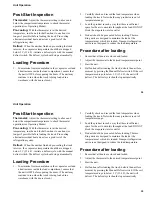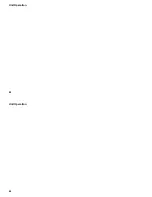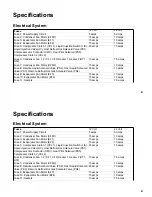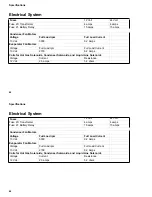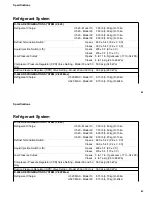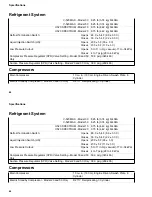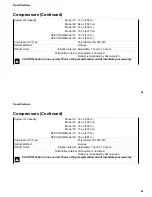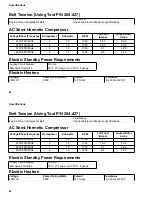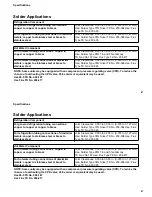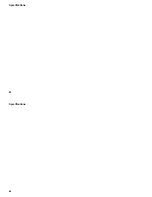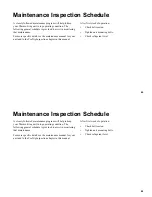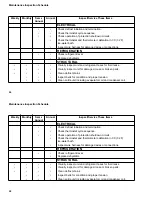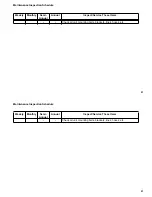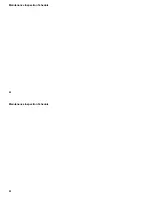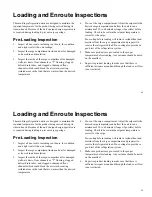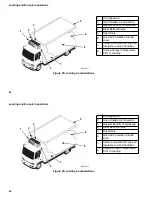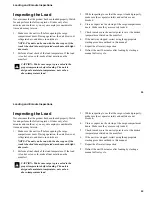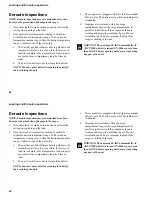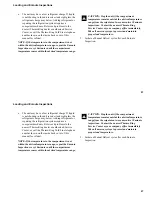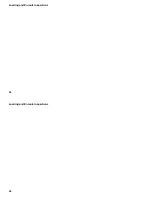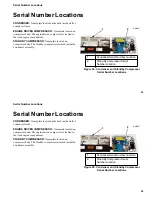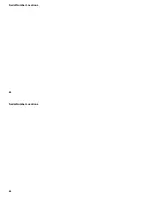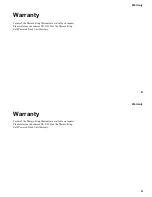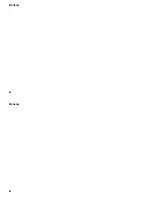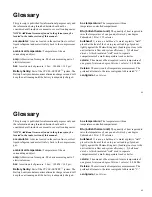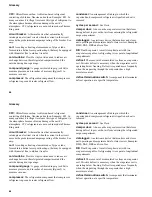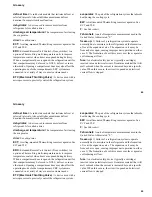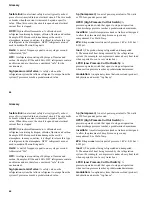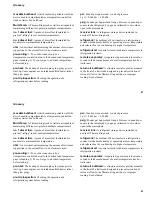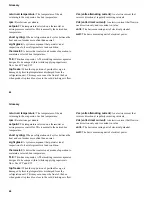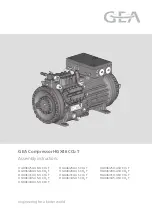
53
Loading and Enroute Inspections
Thermo King refrigeration units are designed to maintain the
required temperature for the product being carried during its
time in transit. Because of the unit’s unique design, special care
is required during loading to prevent cargo spoilage.
Pre-Loading Inspection
1.
Inspect all door seals, including vent doors, for condition
and a tight seal with no air leakage.
2.
Inspect the cargo compartment inside and out for damaged
or loose skin and insulation.
3.
Inspect the inside of the cargo compartment for damaged
walls, air ducts, floor channels or “T” flooring, clogged
defrost drain tubes, and clogged or damaged floor
channels which could block the air return, creating
isolated areas in the load that are warmer than the desired
temperature.
4.
Pre-cool the cargo compartment. Adjust the setpoint to the
desired cargo temperature and allow the unit to run a
minimum of 30 to 60 minutes (longer if possible) before
loading. Check to be certain the setpoint temperature is
correct for the cargo.
Pre-cooling before loading will remove residual heat and
moisture from the cargo compartment and prepare it to
receive the refrigerated load. Pre-cooling also provides a
good test of the refrigeration system.
5.
Make sure products are pre-cooled to the proper
temperature before loading. Any variance should be noted
on the manifest.
6.
Supervise product loading to make sure that there is
sufficient air space around and through the load so air flow
is not restricted.
53
Loading and Enroute Inspections
Thermo King refrigeration units are designed to maintain the
required temperature for the product being carried during its
time in transit. Because of the unit’s unique design, special care
is required during loading to prevent cargo spoilage.
Pre-Loading Inspection
1.
Inspect all door seals, including vent doors, for condition
and a tight seal with no air leakage.
2.
Inspect the cargo compartment inside and out for damaged
or loose skin and insulation.
3.
Inspect the inside of the cargo compartment for damaged
walls, air ducts, floor channels or “T” flooring, clogged
defrost drain tubes, and clogged or damaged floor
channels which could block the air return, creating
isolated areas in the load that are warmer than the desired
temperature.
4.
Pre-cool the cargo compartment. Adjust the setpoint to the
desired cargo temperature and allow the unit to run a
minimum of 30 to 60 minutes (longer if possible) before
loading. Check to be certain the setpoint temperature is
correct for the cargo.
Pre-cooling before loading will remove residual heat and
moisture from the cargo compartment and prepare it to
receive the refrigerated load. Pre-cooling also provides a
good test of the refrigeration system.
5.
Make sure products are pre-cooled to the proper
temperature before loading. Any variance should be noted
on the manifest.
6.
Supervise product loading to make sure that there is
sufficient air space around and through the load so air flow
is not restricted.
Summary of Contents for Thermo King V-520 10
Page 2: ......
Page 4: ...2 2...
Page 6: ...Introduction 4 Introduction 4...
Page 14: ...Safety Precautions 14 Safety Precautions 14...
Page 40: ...Unit Operation 40 Unit Operation 40...
Page 48: ...Specifications 48 Specifications 48...
Page 52: ...Maintenance Inspection Schedule 52 Maintenance Inspection Schedule 52...
Page 58: ...Loading and Enroute Inspections 58 Loading and Enroute Inspections 58...
Page 60: ...Serial Number Locations 60 Serial Number Locations 60...
Page 62: ...Warranty 62 Warranty 62...
Page 72: ...72 72...
Page 73: ......

